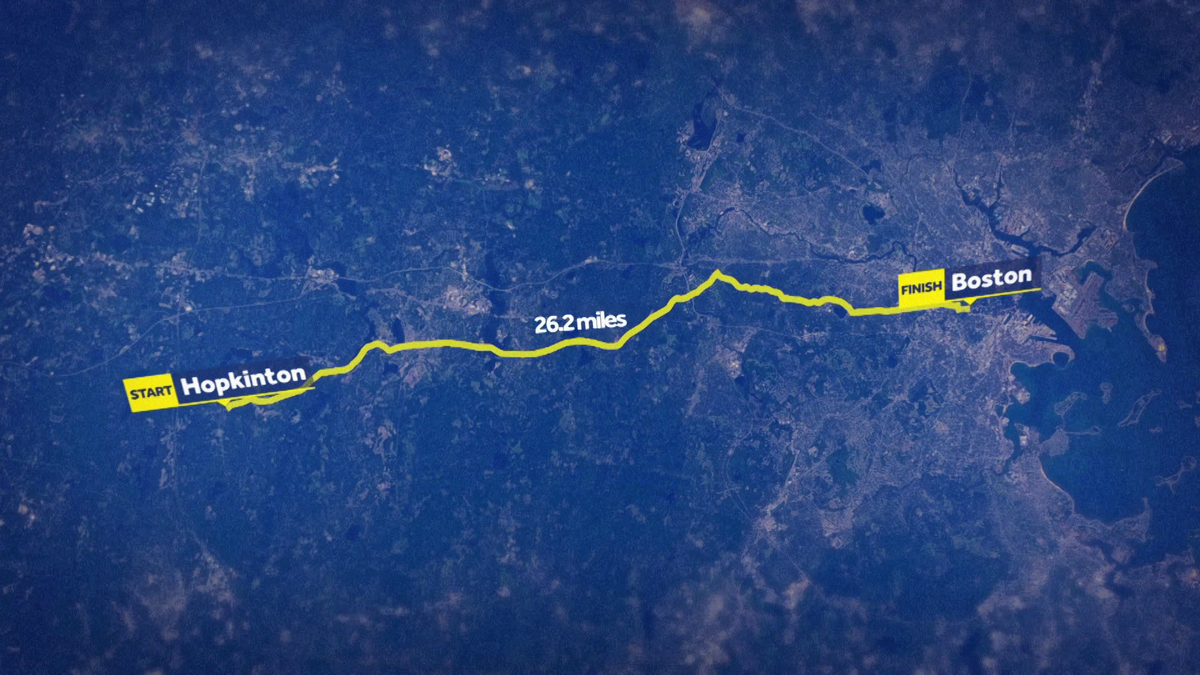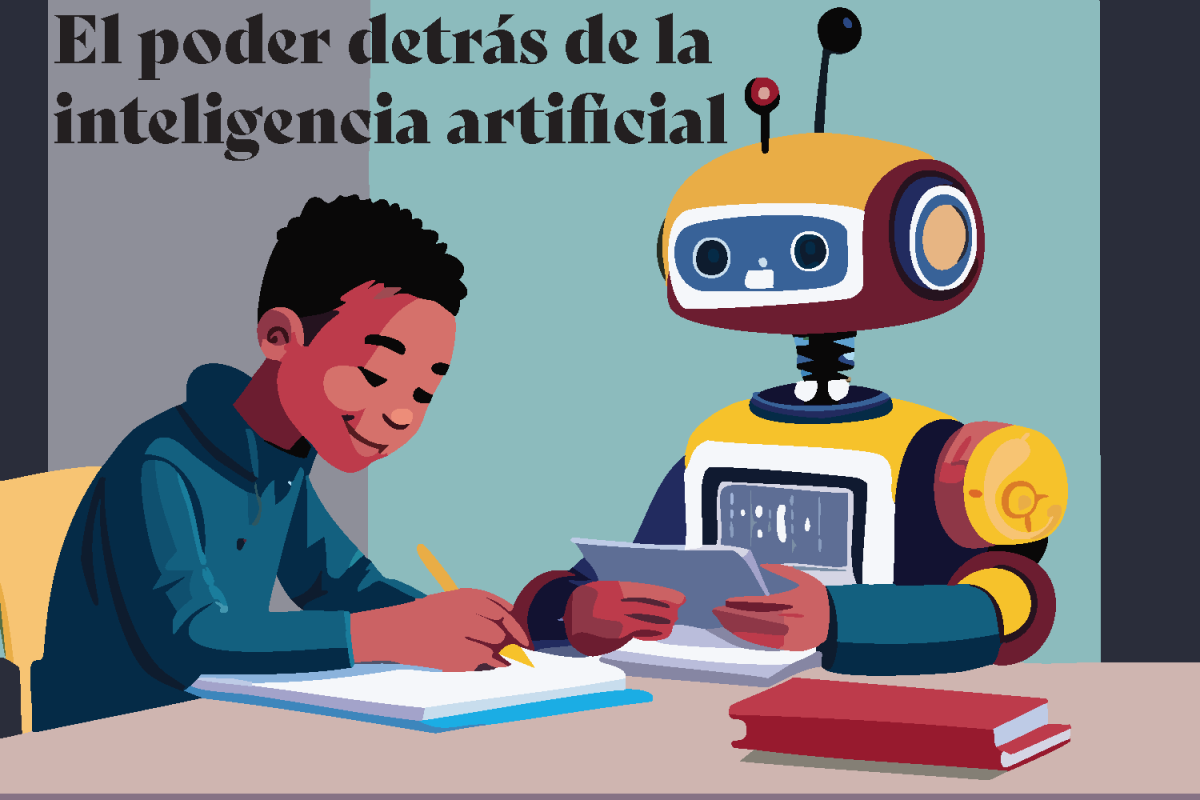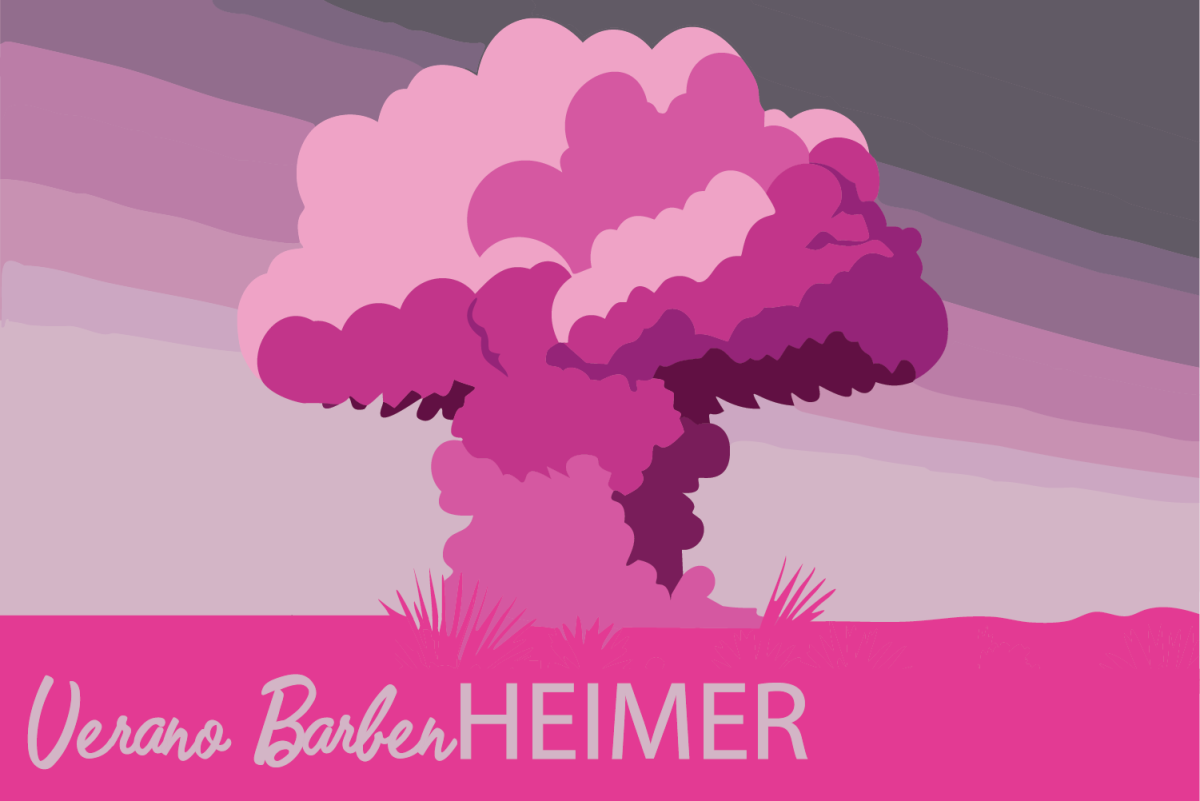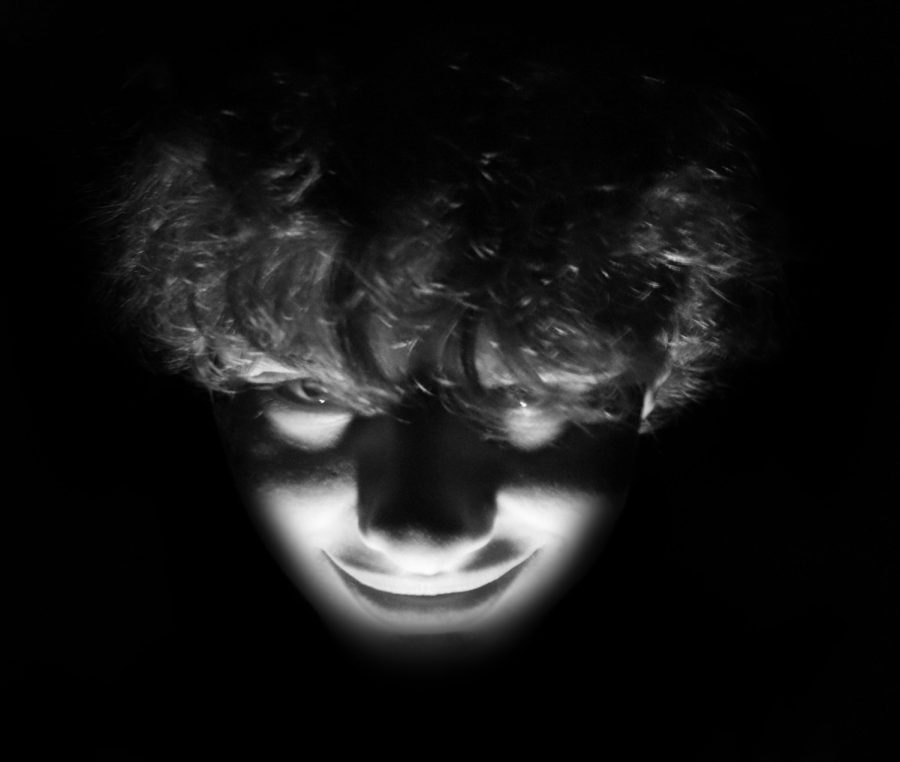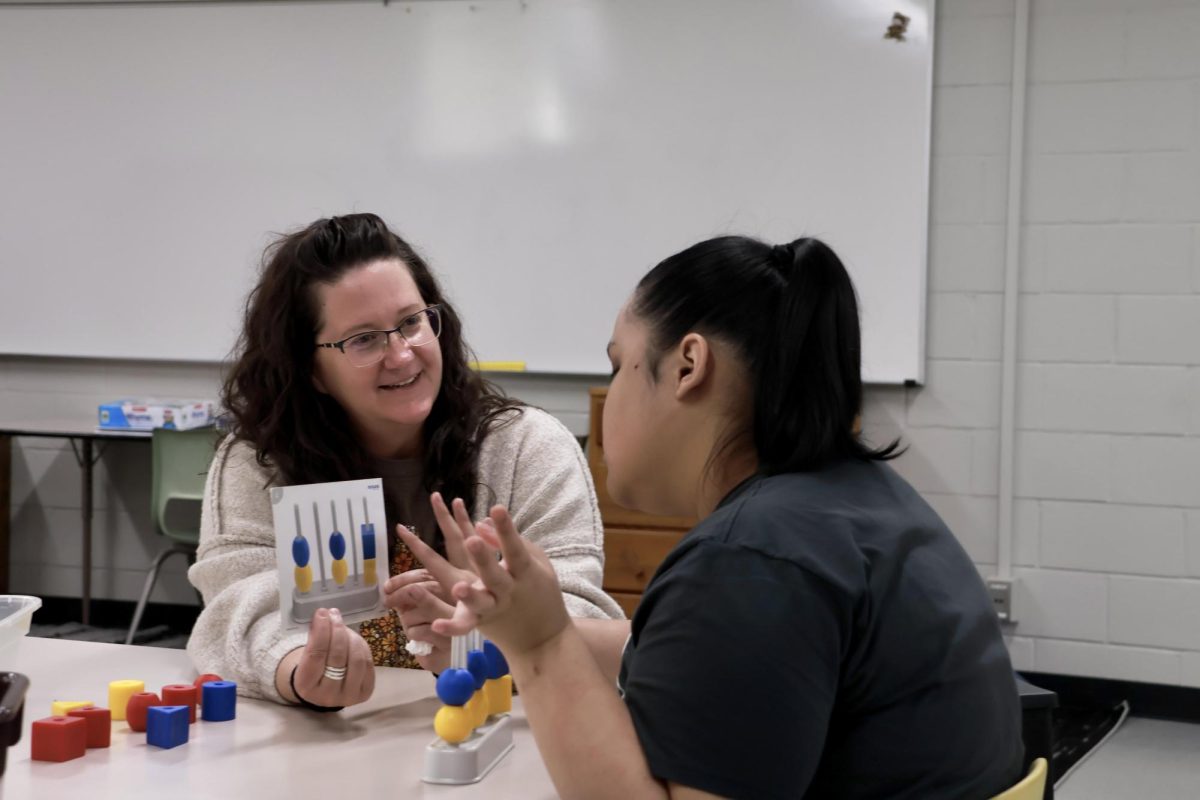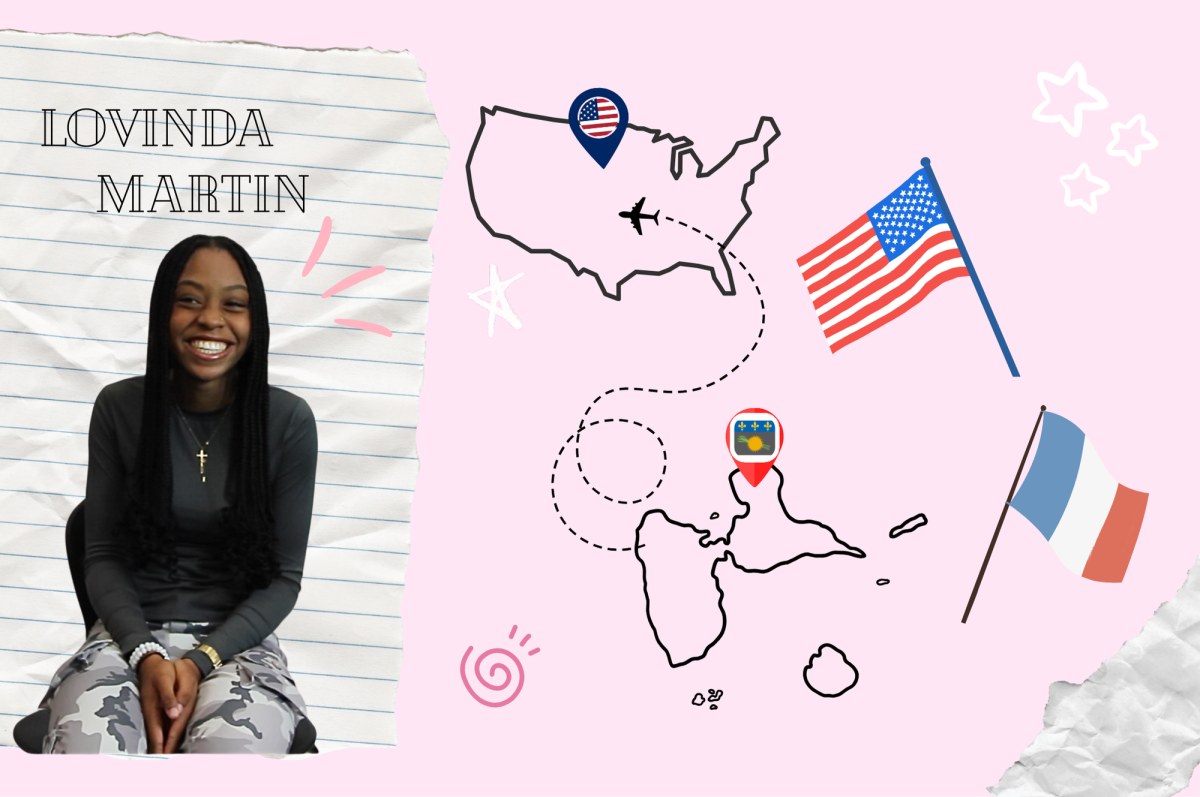The logs in the fire crackle. The wind gusts through the trees. The speaker shines the flashlight under their face. It’s story time.
Many of us have fond, or not so fond memories, of telling scary stories around the campfire. Nowadays we can get our scary content from streaming documentaries and shows or listening to podcasts. It seems like the entertainment industry is saturated with a lot of true crime and scary content. In fact, both true crime and horror genres have continued to increase exponentially the past few years.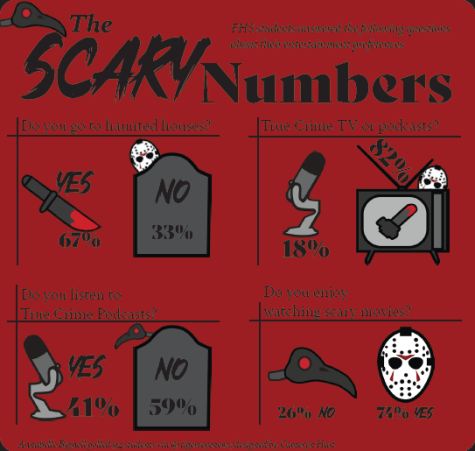
But why are so many people hooked on true crime or horror? Fear is a common element between the two, and this emotion has a very interesting impact on people.
Fear is considered an unpleasant emotion caused by the belief that something or someone is dangerous, likely to cause pain. Fear comes in many different shapes and forms, whether it be learned or developed. This important emotion was likely developed when our ancestors regularly faced life or death situations.
When we experience fear, neurotransmitters signal the periaqueductal gray area of our brain, which causes us to either scream, freeze, run or fight. When the adrenaline kicks in, it is released by the hypothalamus area of the brain to help us make quick decisions to increase the rate of survivability.
As stress increases, cortisol, another stress hormone, is released in the body. It causes blood pressure and blood flow to increase. This leads to blood flowing away from your heart and into your limbs, heightening your reaction time when it comes to flight or fight.
Fear is also directly tied to anxiety. If we use the psychology of Pavlovian conditioning, we can have people develop and learn new fears and anxieties. For example, people can condition someone who loves dogs to have a fear of dogs. If this person is placed in the same room as a dog and they experience a sudden negative effect (like a loud sound) every time they see or touch the dog, they are conditioned to have a fear of dogs.
Fear benefits people by helping them with their survivability. It helps you stay out of dangerous situations and gives you a sense that something could be dangerous so you would want to avoid it. Fear can also be passed down through genes, which is why we have a fear of certain things. Our ancestors’ experiences with danger developed fear. 
Even though fear is a survival trait, people have developed a liking for it. The adrenaline and dopamine rush makes some people enjoy experiencing fear. For instance, people enjoy experiencing and anticipating jump scares when in a haunted house. Since people know this is not a life-threatening situation, they calm down quickly after being scared. Same goes for when they watch a scary movie at home or in a theater. The brain is able to detect there isn’t a threat so it’s easy to bounce back from the fearful experience. When people are experiencing “comfort” fear, they are getting an endorphin high from those experiences.
In this day and age, we don’t experience life-threatening situations as we once did. We aren’t being actively hunted by animals anymore. Since we live in comfort, we don’t have to worry about things that go bump in the night. Instead, we experience fear through our favorite forms of entertainment like shows, movies and podcasts. Like it or not, horror and true crime story telling are here to stay.





